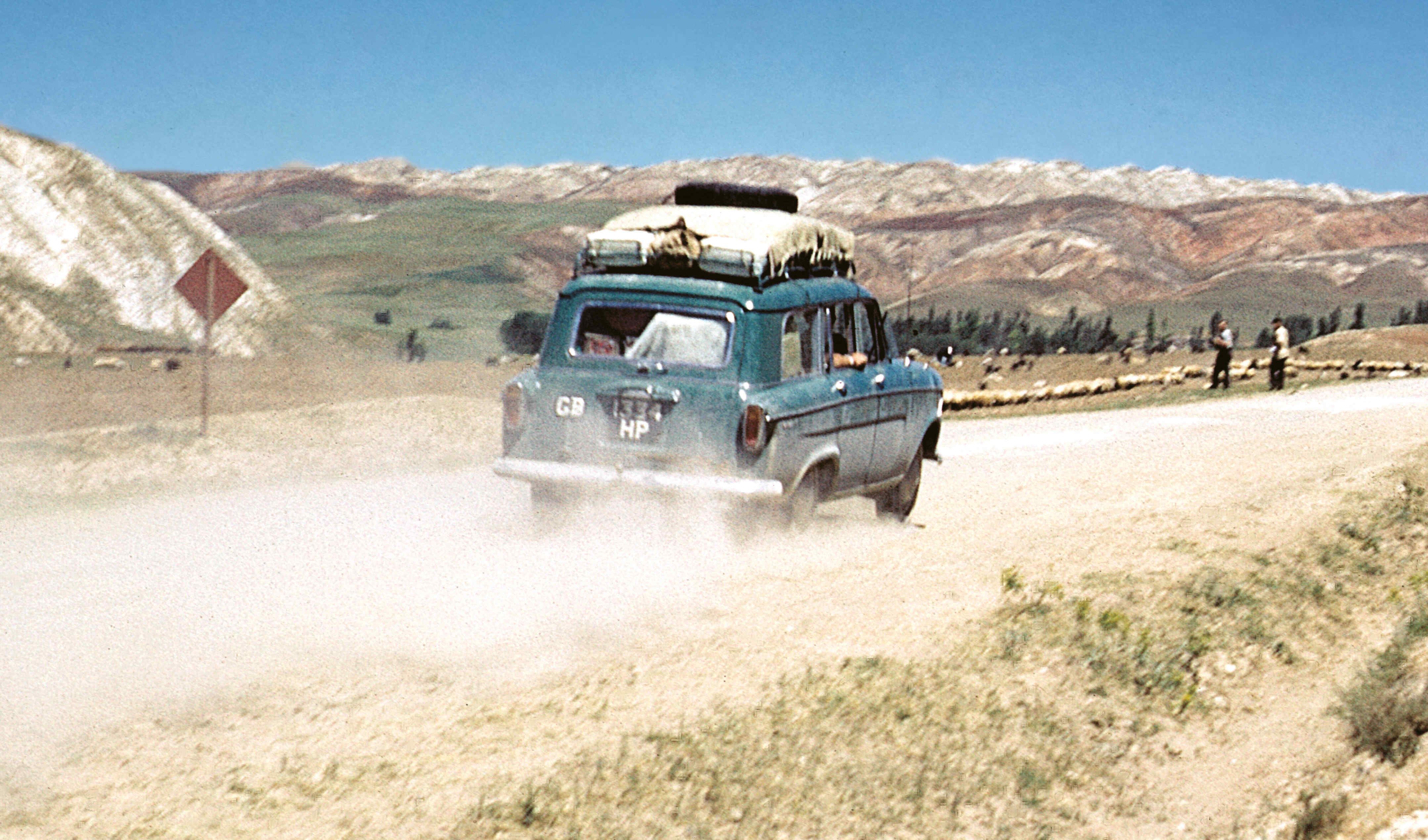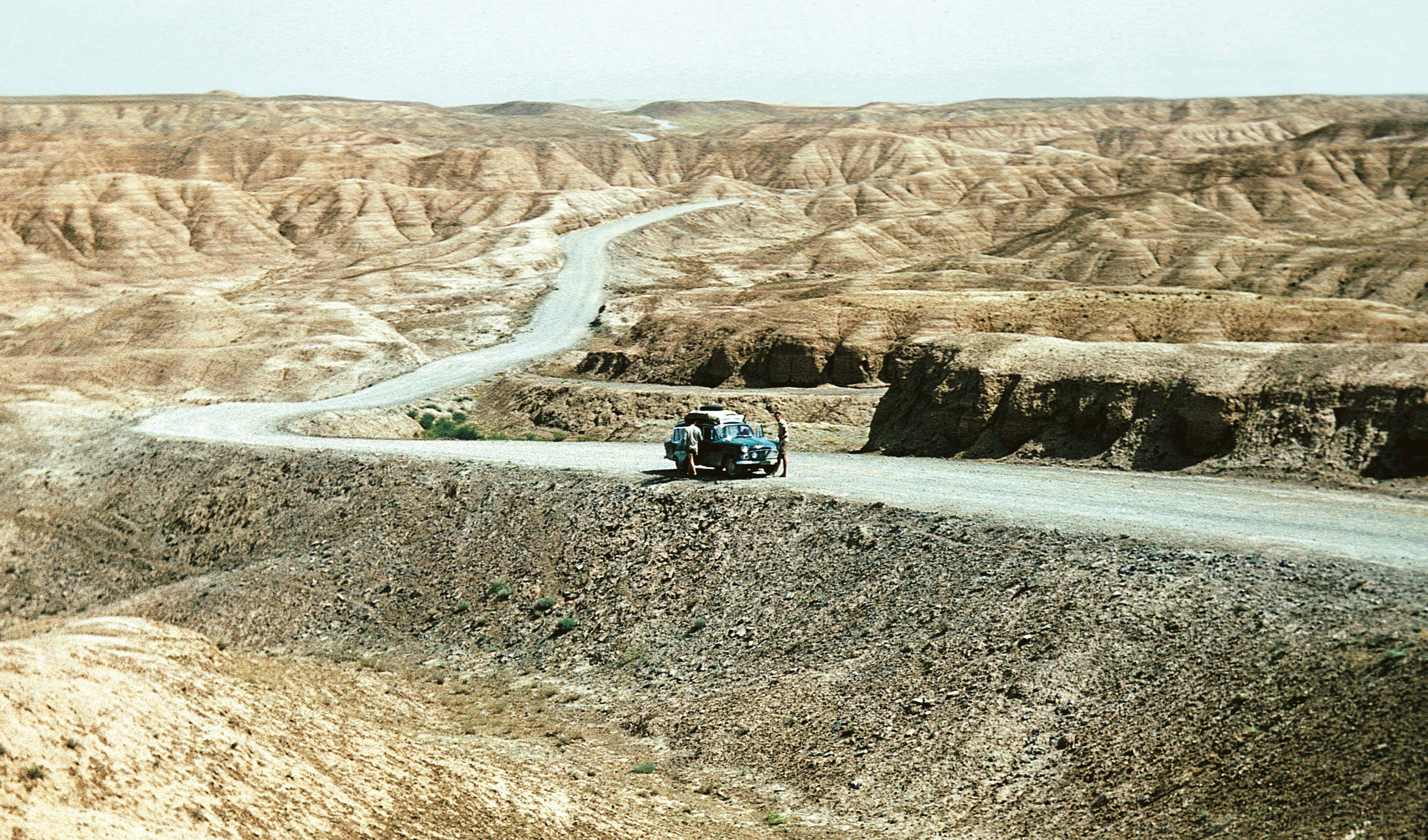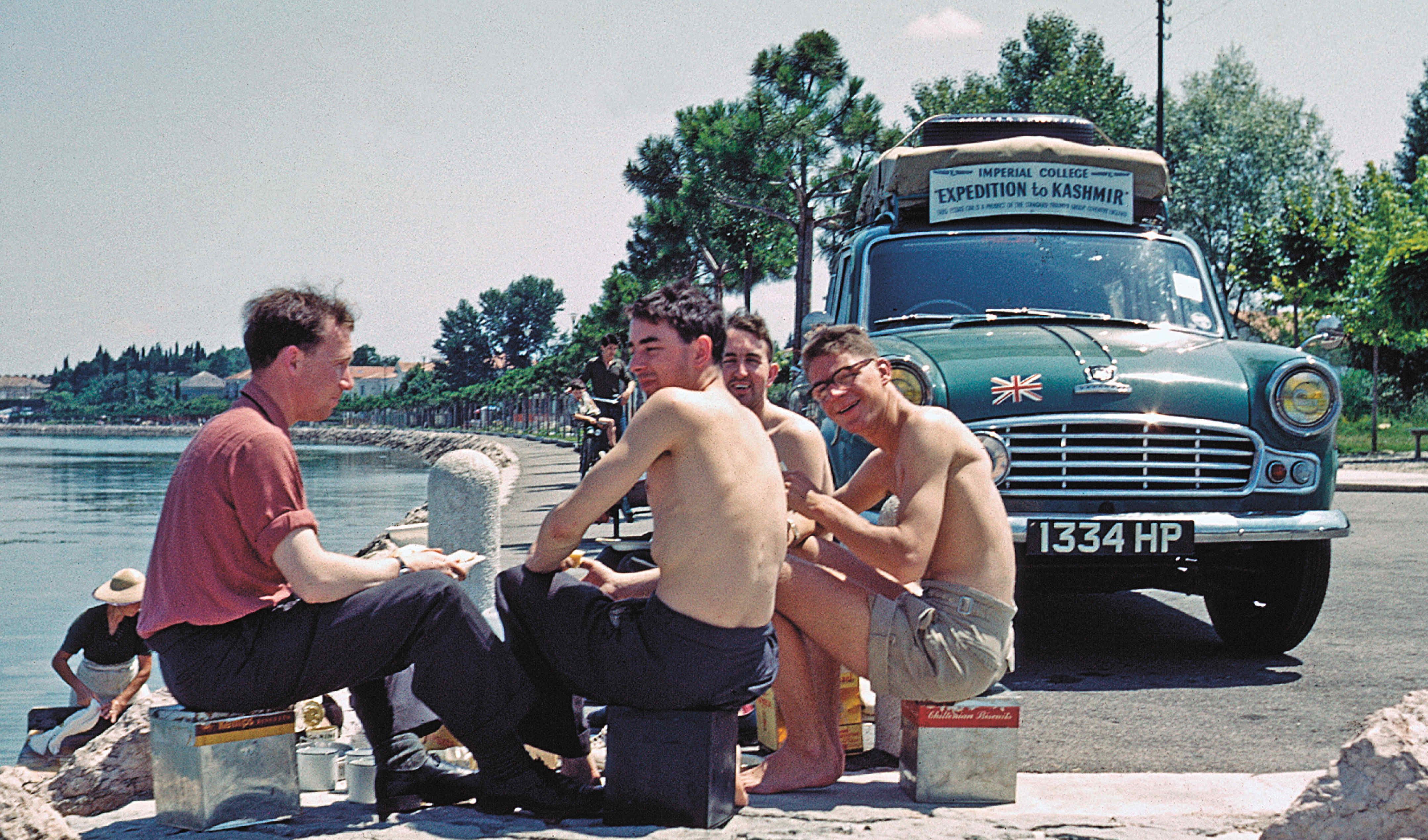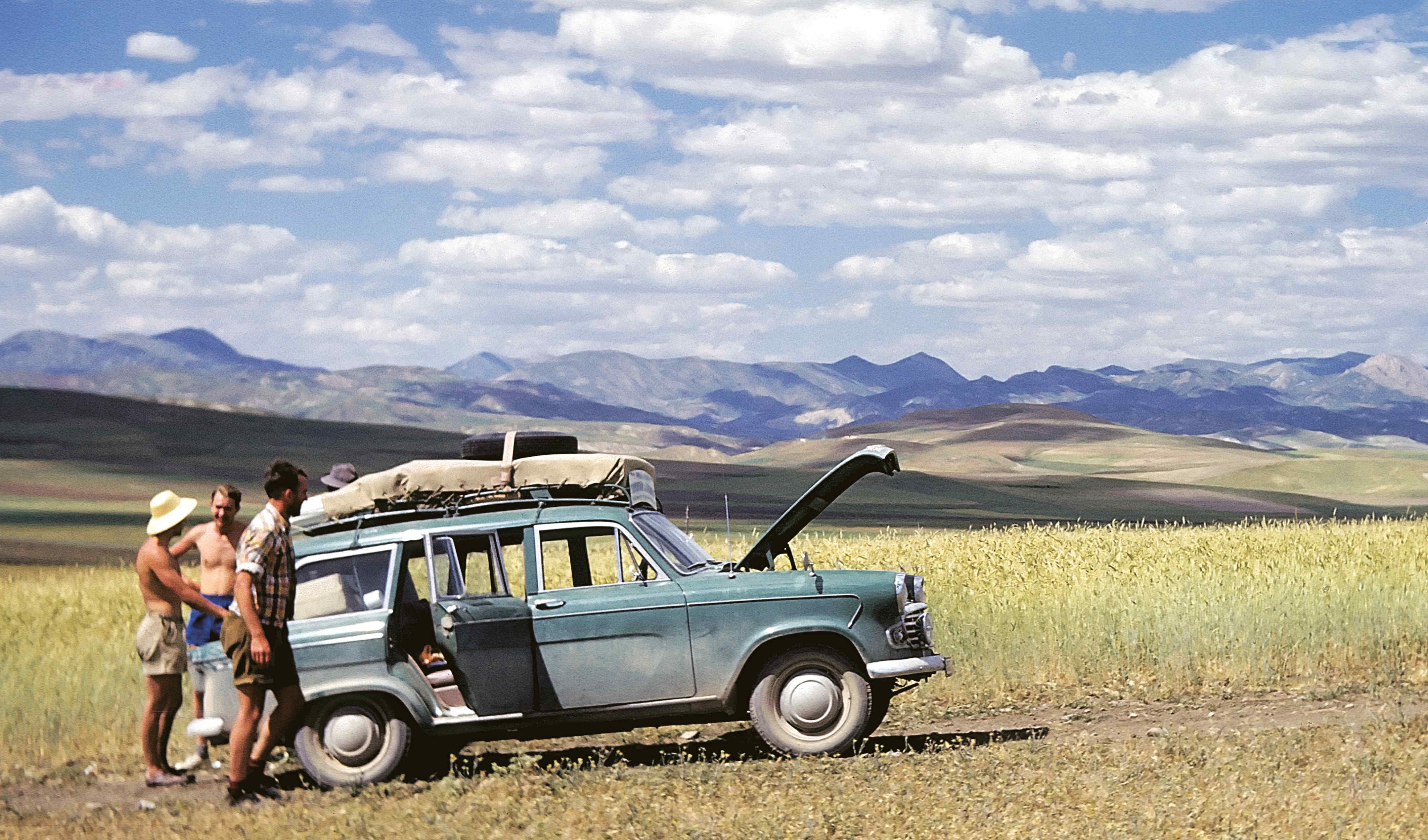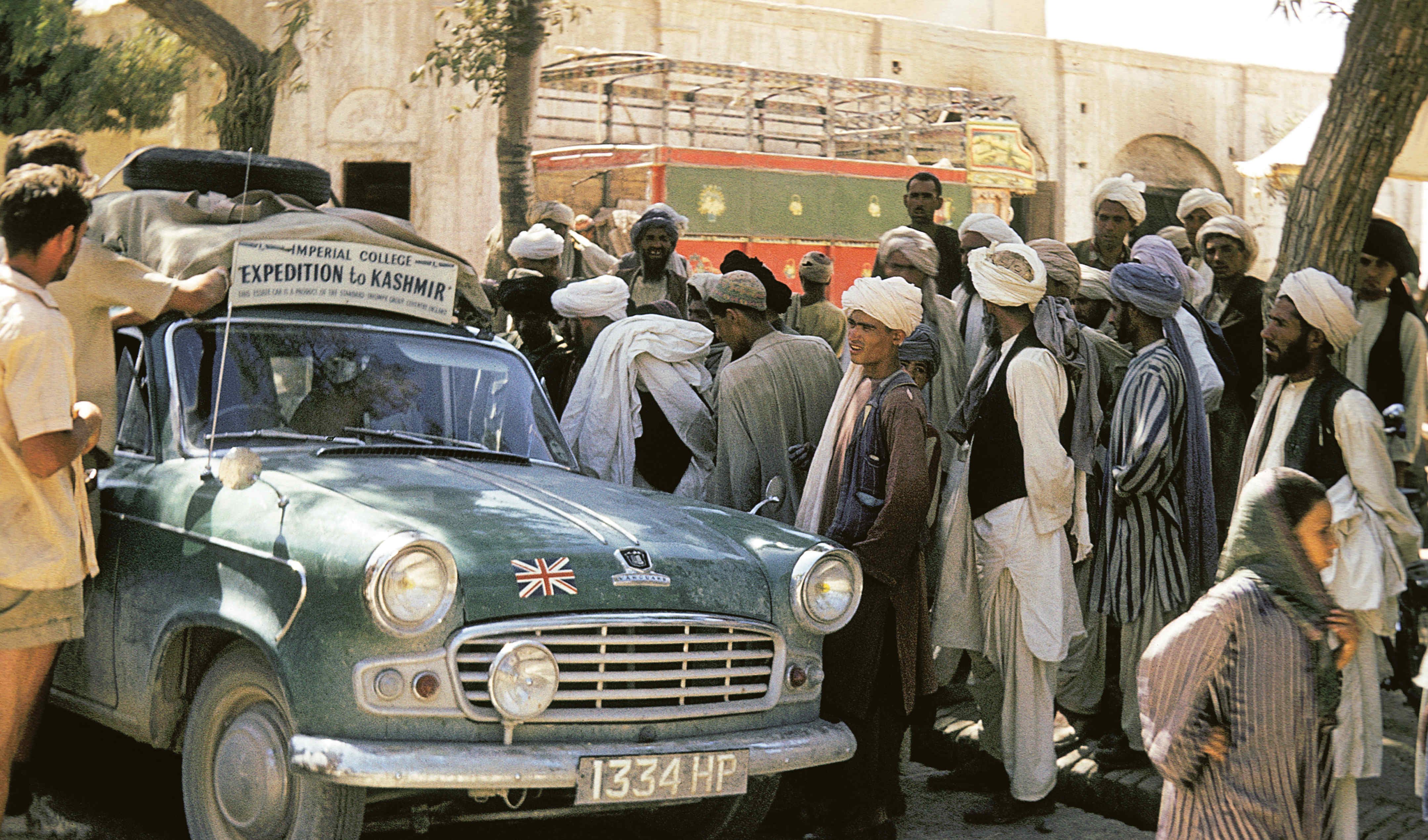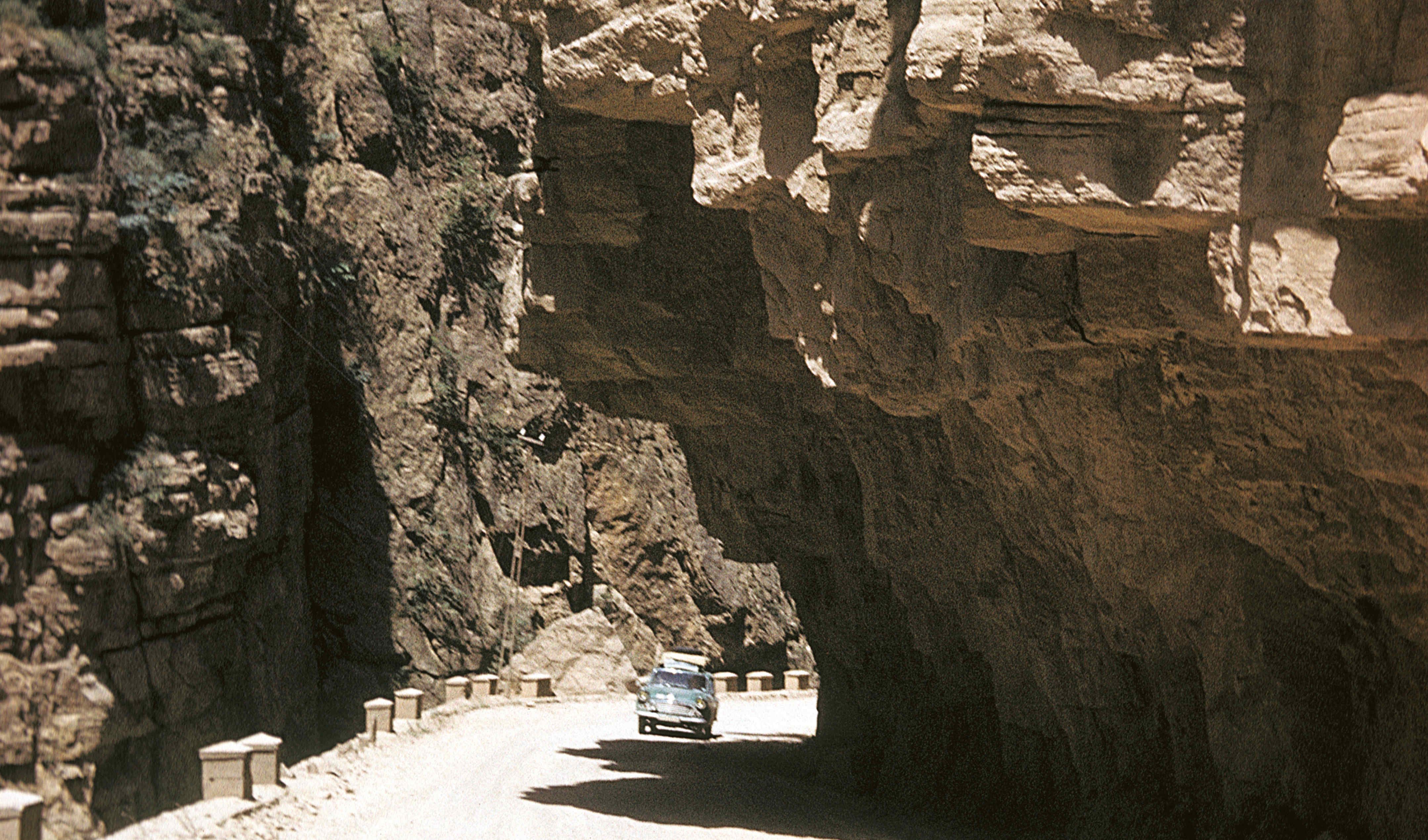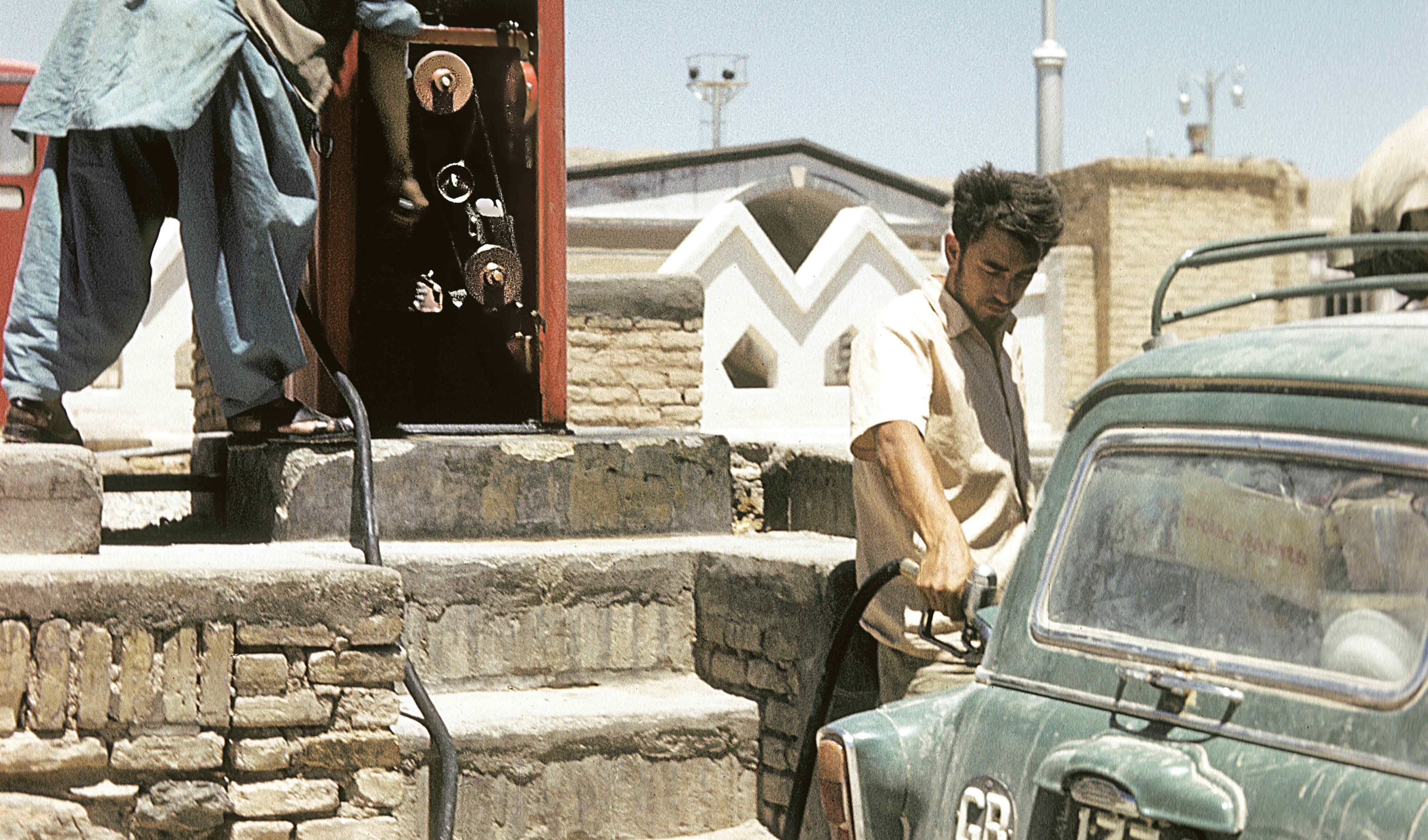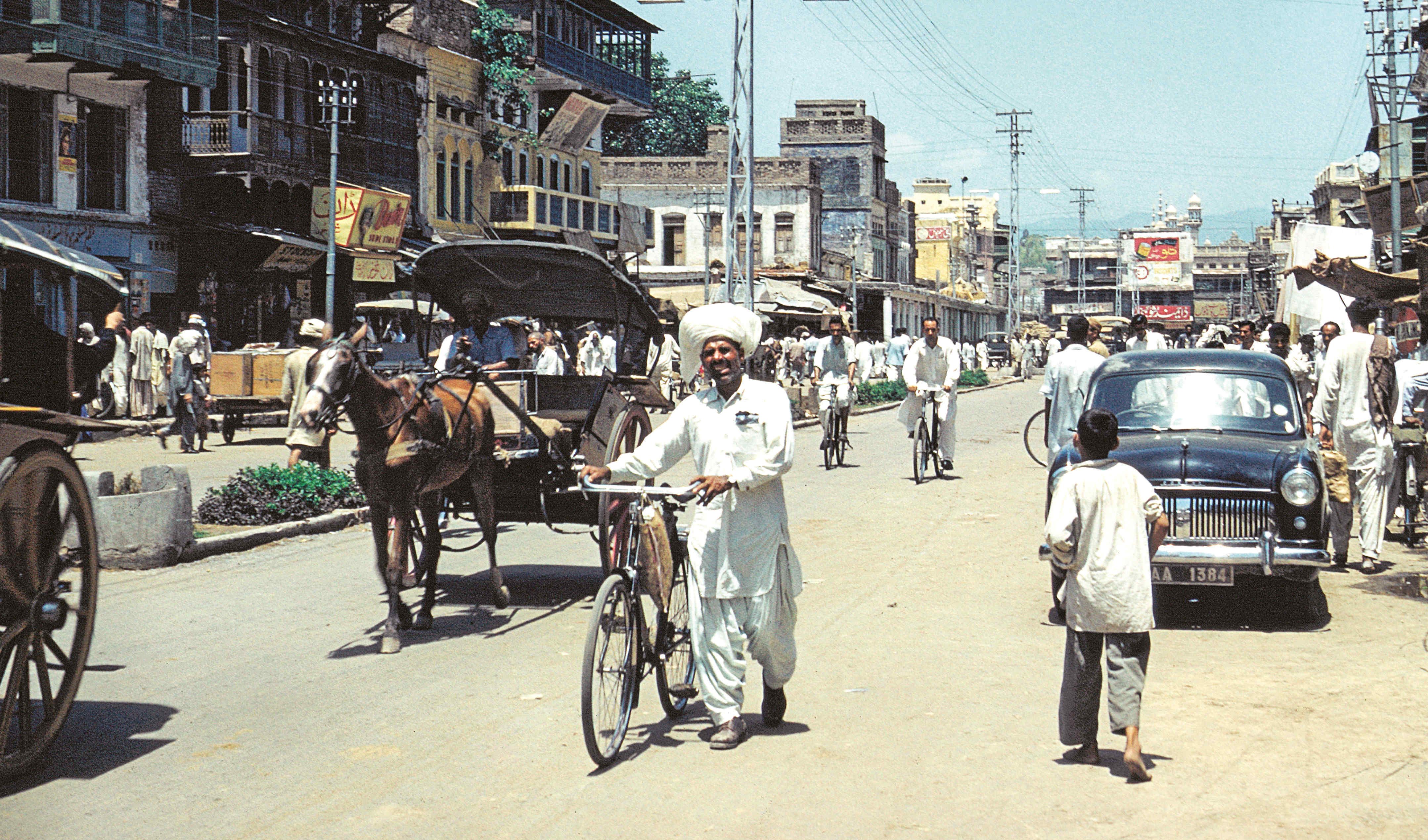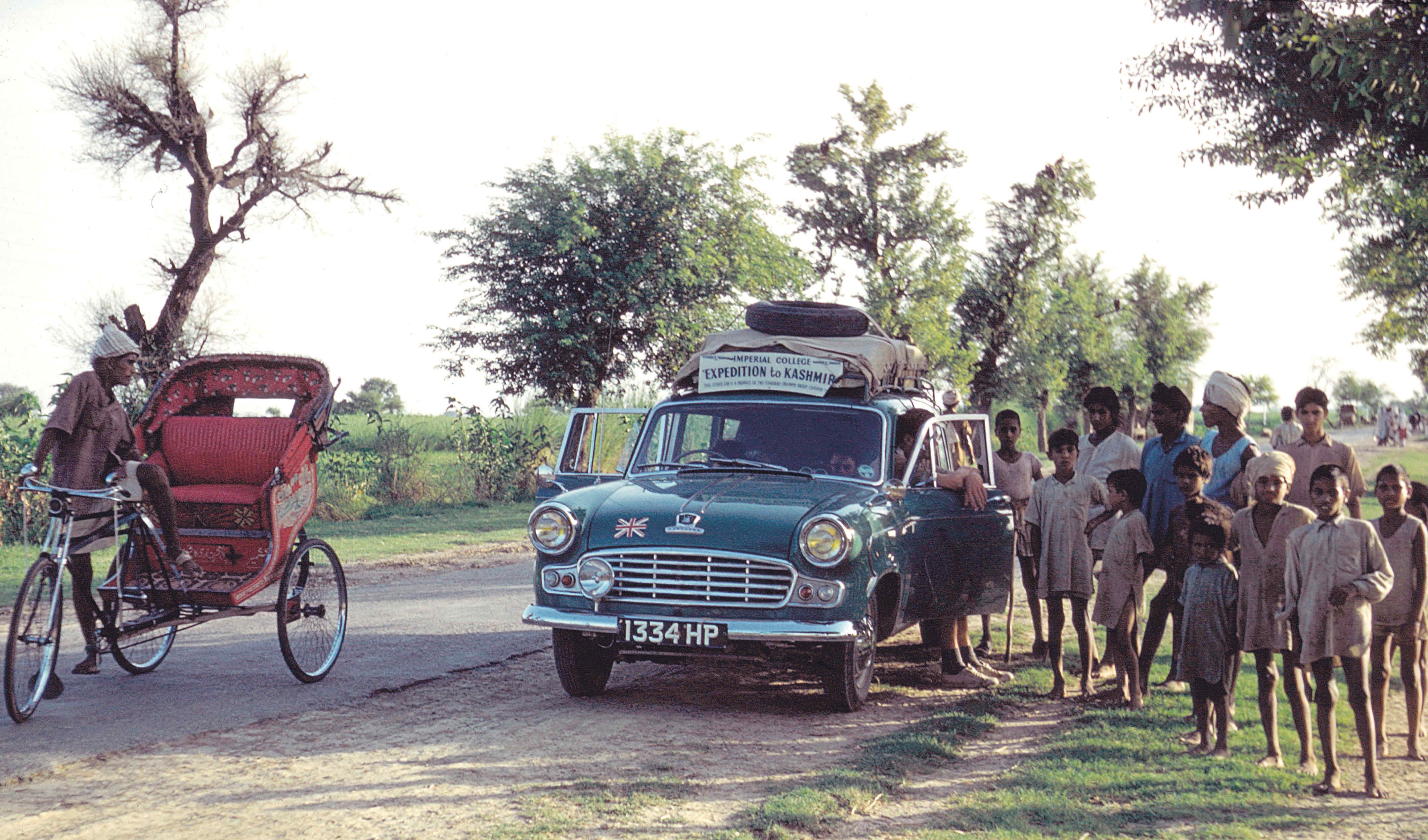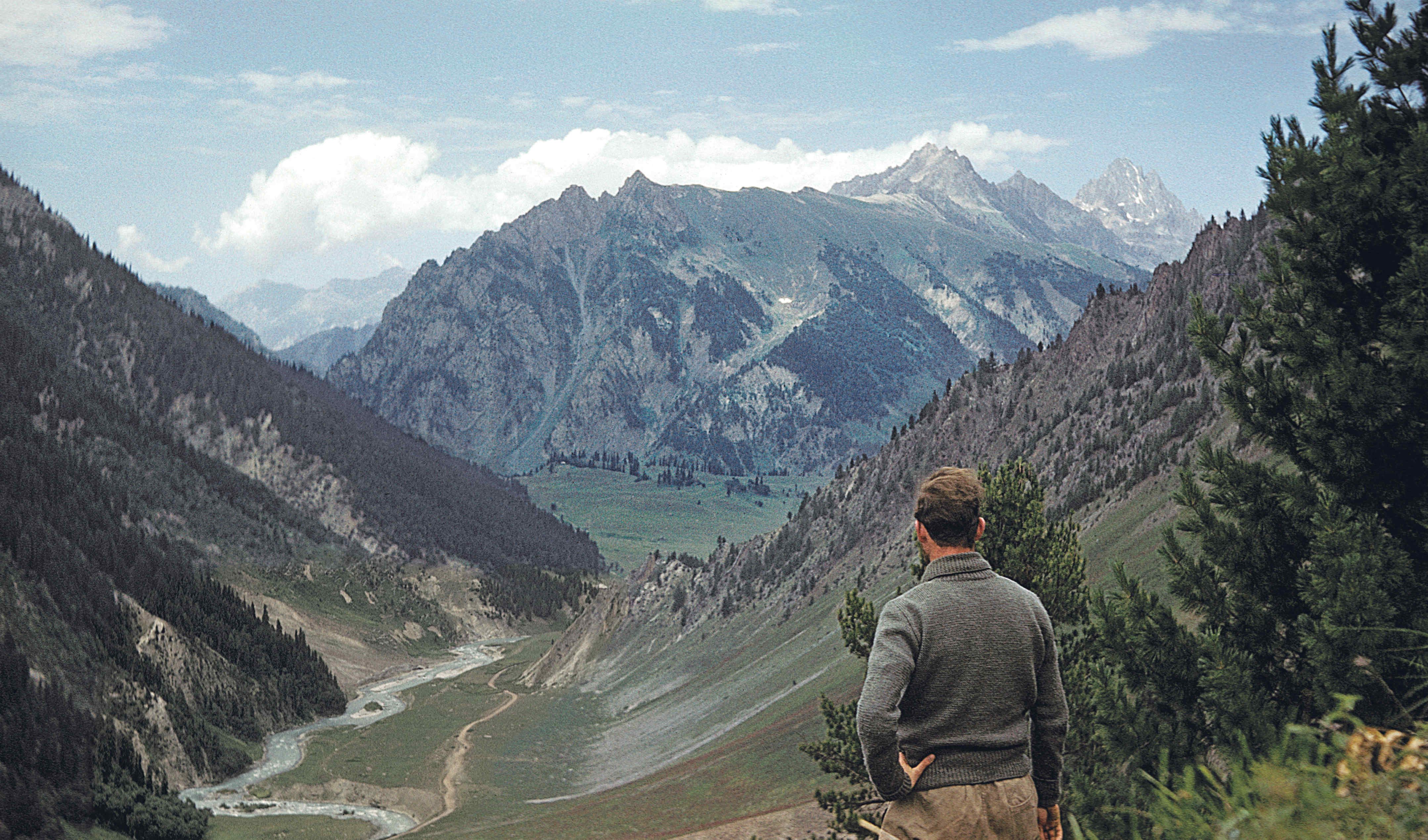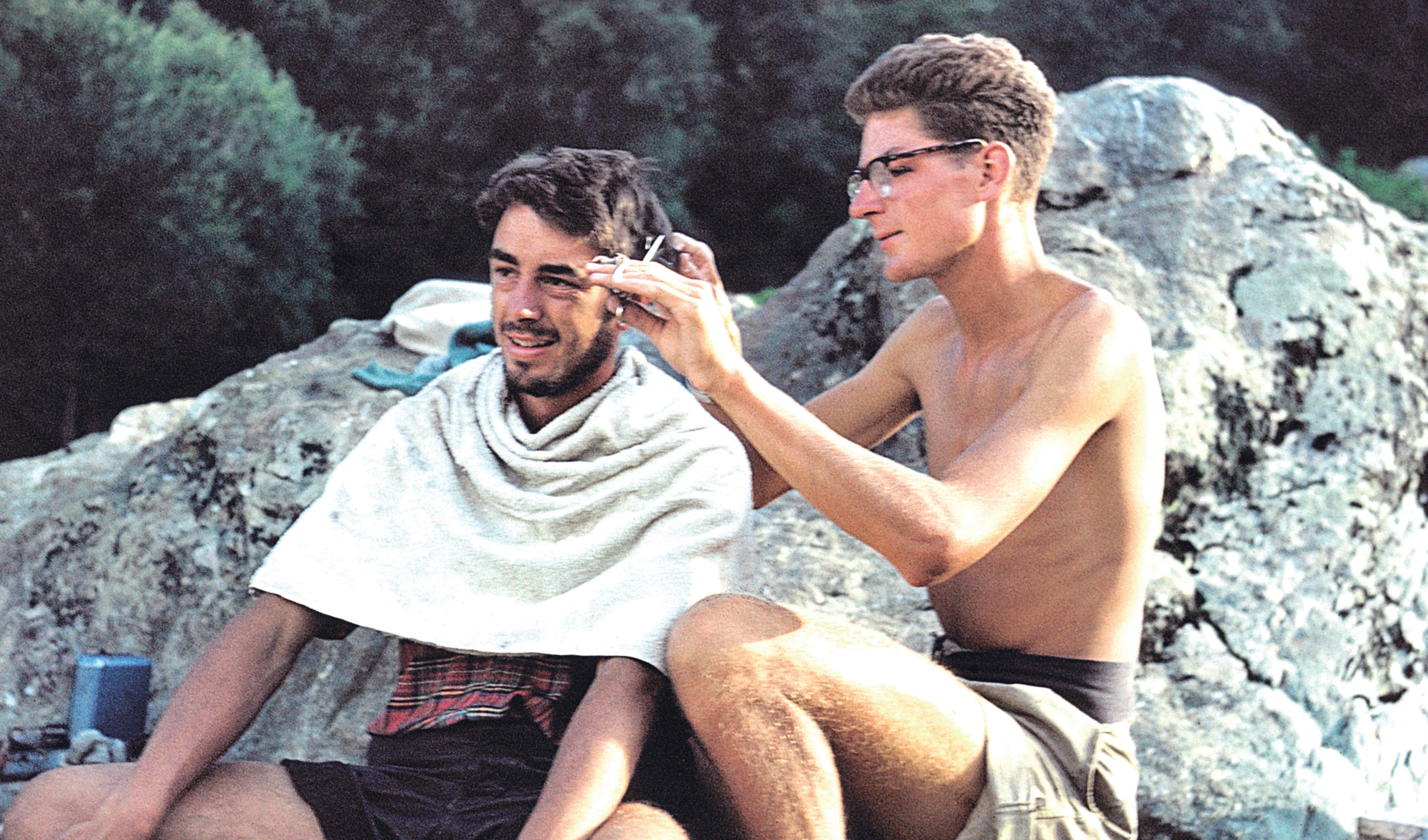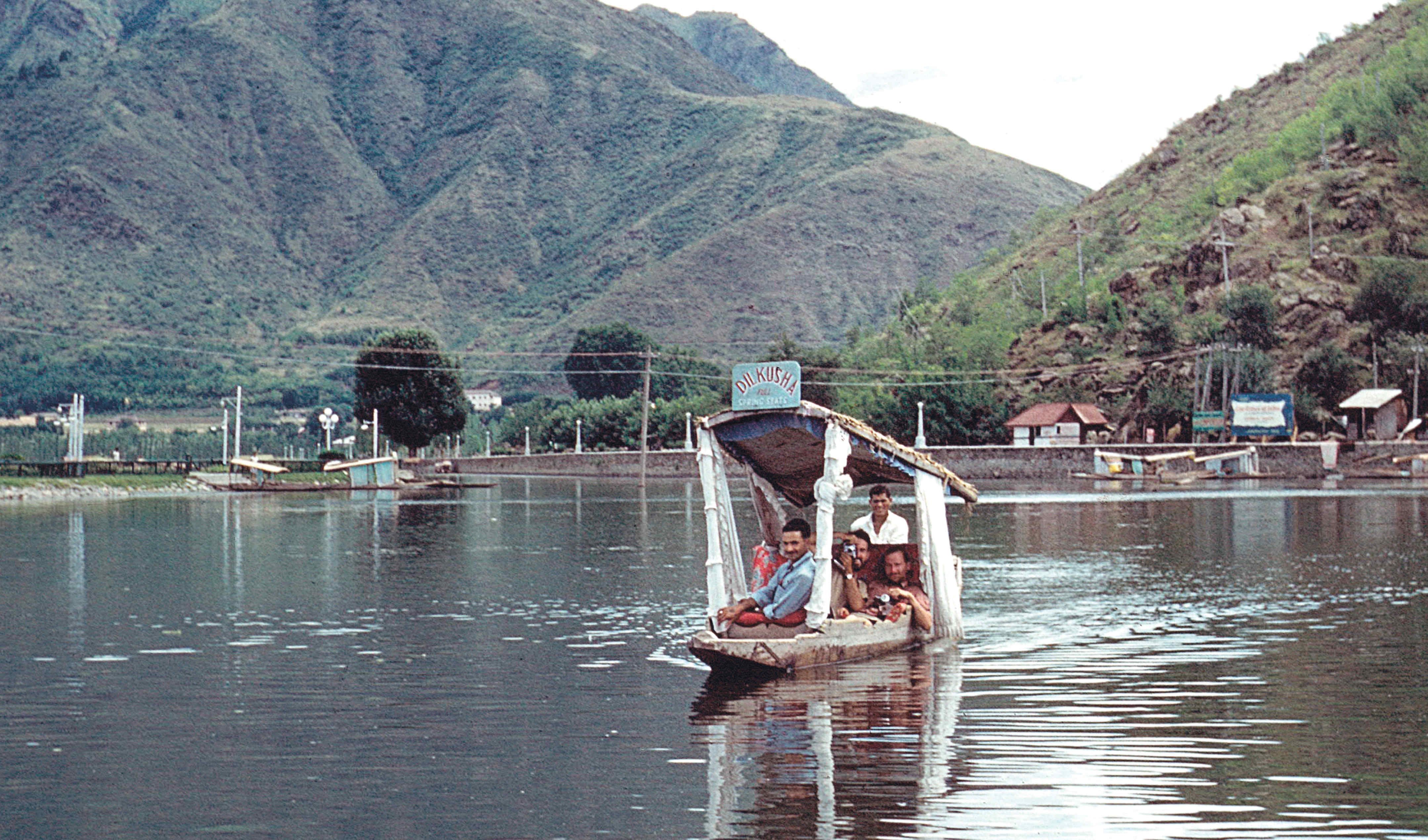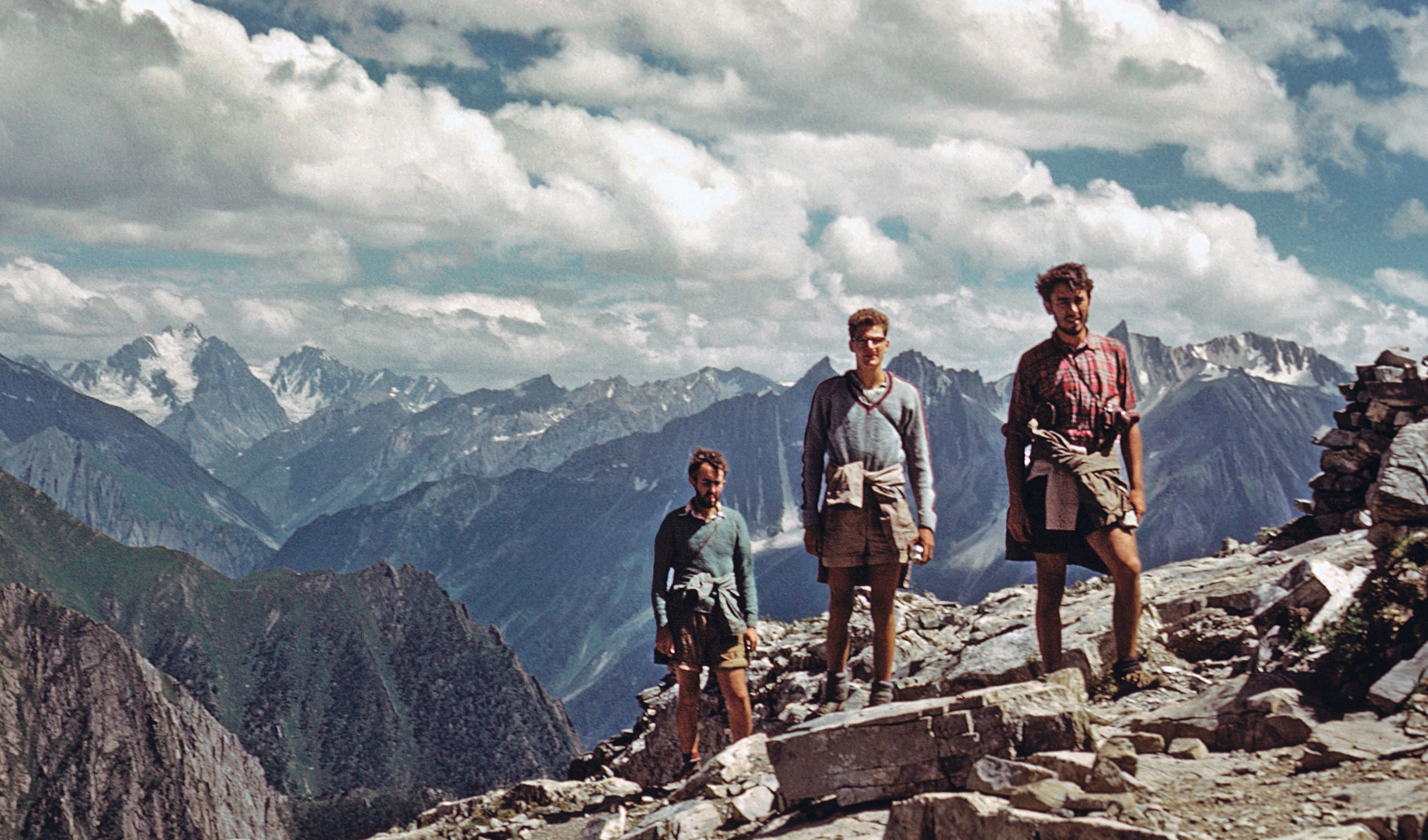Kashmir. Ghana. Bolivia. Cornwall. Since 1956, Imperial’s Expedition Board has been sending students in search of science, adventure and… a report for the archive.
Words: William Ham Bevan / Photography: Joanna Will
Imperial’s student explorers have reached the roof of the world in the Himalayas and plunged miles underground in the cave systems of Slovenia. They’ve tackled a wide range of missions, from repairing bridges for remote African communities to surveying the “cockroaches and wood-rotting macrofungi” of Papua New Guinea. And then they have come back and filed a report for the Exploration Board.
Founded in 1955, the Board includes student, staff and alumni representatives drawn from across the university, plus external members co-opted for their specialised medical and mountaineering knowledge. Dr Lorraine Craig, Associate Dean (Learning and Teaching) in the Faculty of Engineering, and the Board’s current chairman, says: “It was set up to consider proposals for expeditions, advise the Rector and administer funds. From the start, it was a collaboration between the College, the old Student Associations and the Students’ Union, and it still is. The Union gives us money every year, and that’s an important principle.”
The records of the earliest trips offer a valuable and sometimes humorous insight into a very different age of exploration. Team members are mentioned somewhat formally by surname only, and the diaries are permeated with a gentlemanly, stiff-upper lipped stoicism. When a roped-up student falls into a crevasse during a 1957 trip to Karakoram, Pakistan, the writer drily notes that he “disappeared rather rapidly from sight to find himself dangling upside down... with nothing very much below him”.
When read through the lens of modern sensibilities, the reports throw up some surprises. The 1957 expedition to Arctic Norway includes an acknowledgement to “Philip Morris & Co. Ltd. and W.D. & H.O. Wills” for supplying free cigarettes. Likewise, there is something very much of its time in the team’s tribute to a Norwegian field nurse “for her pluck and stamina in carrying out a man-sized job” when aiding a medical evacuation.
However, the first all-female expedition would take place only three years later, when a pair of undergraduate zoologists travelled to the Caribbean island of St Kitts to survey its wildlife. Plans had to be altered when the police refused to allow two unaccompanied women to camp out in the open, though the report admits that “subsequent weather proved so atrocious that camping would have proved disastrous”. This was something of an understatement. On 4 September 1960, Hurricane Donna flattened large swathes of the West Indies.
Shared experiences
The early expeditions were unusual enough to attract a lot of media attention. David Attenborough not only interviewed the St Kitts duo for BBC television, but took time out to offer them travel advice. There was also extensive press and TV coverage for another 1960 trip, when five undergraduates squeezed into a Standard-Vanguard Estate (above) to “show that the overland route to Kashmir is possible in a standard production car”. Despite multiple tyre punctures, a fractured shock-absorber and several bouts of dysentery, they managed to prove the hypothesis.
Alongside all the period detail, what’s most noticeable in the reports is the amount of scientific data that many groups bring back – from hand-plotted topographical maps to daily weather information, painstakingly tabulated by typewriter. Dr Craig says: “Lots of those trips were very much about people going up mountains and doing old-style surveying, then coming back and presenting their findings.”
And while the technology and equipment has changed, the goal of expeditions remains the same – and the reports remain just as vivid. Take the 2011 trip to Svalbard, in which six students travelled to the remote Arctic archipelago to live without support for a month. Like most of the records, the report sets out the objectives of the trip, presents a detailed day-by-day diary and concludes with equipment lists, scientific observations and financial accounts. But it’s the details that make the experience leap off the page.
There are hard-fought achievements, such as reaching the summit of Newtontoppen, Svalbard’s highest point (“Incredible views all around, far into the distance”). There are sore disappointments; the group was unable to fulfil their aim of reaching a latitude of 80°N – further than any previous Imperial expedition – or climbing the 1,628m Galileotoppen, thanks to “a very thin section of rotten ice, which crumbled away beneath our feet... Mildly terrifying.”
Naked bathing
Some moments verge on the surreal. The students of the Svalbard expedition earn their “Arctic Naked Bathing Certificate” by stripping off and running into the icy sea in front of two witnesses, one armed with a rifle to ward off polar bears. Another day’s journal mentions that they: “Made a snowman called Phil.” No further explanation is given. And then there’s a full account of what became known as the Night of the Freezing Rain, which team member Heather Jones (MSci Physics 2012) still recalls with a shiver. “We had to give up and sit in our tents for 36 hours,” she says, “and 36 hours in a two-man tent is a very long time. You don’t go to an Arctic desert expecting rain; afterwards everything was frozen solid. We called the weather people on our satellite phone and they said, ‘You’re experiencing some precipitation’. Well, thanks. We knew that!”
Expedition leader Alex Kendall (Biology 2010, MSc Conservation and Forest Protection 2012) says that the advice and guidance offered by the Board was as valuable as its help with funding, equipment and contacts. “We were attracted to Svalbard’s remoteness, and that came with risk,” he says. “Getting you to think about that is one of the things the Board is good at. They said, ‘Yes, this is perfectly possible to do, but you have to think about this, this and this’: in our case, polar bears, crevasses, sub-zero temperatures – and what you do if someone gets injured.”
Indeed, the support of the Board proved vital for Sara Arbós i Torrent (MEng Aeronautics 2009, PhD 2013) and her group of four on their 2012 ski-mountaineering expedition to Alaska. Her group was dropped off on a glacier by ski-plane and lived there for four weeks, building an igloo to serve as the focus of their base camp. During this time they made a number of successful first ascents of surrounding peaks.
They said: ‘Yes, this is perfectly possible to do, but you have to think about this, this and this’. For us, that meant polar bears, crevasses and sub-zero temperatures"
Robert Grasty (Physics 1961, PhD Physics, 1964)
But when Sara fell on a descent and badly gashed her leg on an ice screw, the emergency procedures established by the Exploration Board immediately kicked in. “As soon as I was off the mountain, we assessed my injury,” she says. “We could have stitched it ourselves– we’d done the medical courses to be able to do that – but we decided to call for rescue. We called Imperial on the satellite phone, and the next day the pilot came to pick me up and take me to Anchorage.”
“It shows that our preparation worked,” she says. “We knew exactly what to do because we’d been trained for every eventuality.” After hospital treatment in the Alaskan capital, Sara recovered fully within a month. Meanwhile, the others were able to carry on the expedition.
A whale of a time
In 2015, Frances Wensley (MBBS Medicine 2015) became the first Imperial explorer to cross the 80°N line in Svalbard. She and her expedition partner, Gareth Watkins, sailed a 35ft yacht up the Norwegian coast and across the icy Barents Sea to the islands – a part of the journey that is glossed over in the report as “676 miles of cold, wet and waves”.
The islands more than made up for the hardships of the voyage. One of the most memorable experiences was exploring long-deserted whaling stations, strewn with 200-year-old boats and whitened whalebones. “That was very moving,” she says. “Just trying to imagine the lives that those people lived. And we went to see the places where they made the first ill-fated attempts to reach the North Pole by hot-air balloon – you can still see the remains of the balloon sheds.”
Although the academic value of an expedition can still play a part in the selection process, Dr Craig believes that taking on an adventure in a remote environment is an end in itself. “The current view of the Board is that for many students, organising an expedition – everything from coming up with the original concept to returning safely and submitting a report – is enough of a challenge. A student who does a full-scale expedition, perhaps 18 months in the planning, will be developing a huge range of transferable skills.”
That was certainly the case for Wensley, whose experience was life-changing. “You get so much independence out of an expedition and you learn so many skills,” she says. “I’m now working for the NHS, which is very different: it’s rigid and strict in its training programmes. But I think it can be just as important to learn to understand risks and cope with difficult environments.”
So how does today’s Exploration Board choose the expeditions that it will support? “We back the ones we think are a challenge to the students who are undertaking them, but they have to be clear in their thinking and planning,” says Dr Craig. “We’ll sometimes say, ‘You’re not ready to go away yet,’ and advise them to consider a more modest proposal. And there are some that are completely bonkers and are never going to go ahead, not least for health and safety reasons.” “
When I look back at it,” says Alex Kendall, “I think it’s amazing that we were able to all carry on having a regular daily routine while we were living on a glacier in the middle of nowhere. We all got on with each other and had normal conversations. There was no survivalist rubbish about it being a horrible mission, and thinking we were all close to death all the time. It was about enjoying the outdoors – not enduring hardship for no reason.”
Issue 41: Winter 2016-17
More information
Delve into the Exploration Board’s extensive archive, and read more about the expedition to Kashmir.
